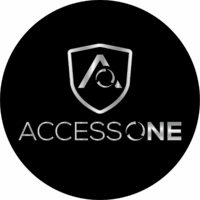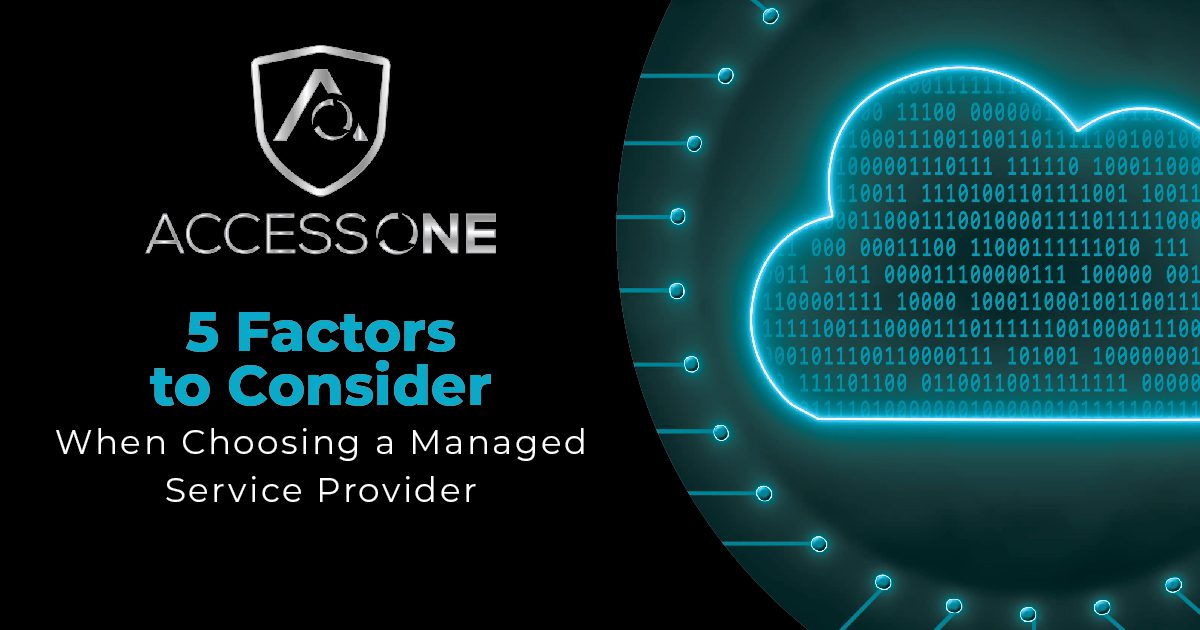Technology is always changing, but the folks who manage your internal IT may not always go along for the ride. We often hold on to the methods that we’re used to: it’s familiar, comfortable, and generally has a proven track record. The latest and greatest technologies, on the other hand, tend to be full of promise, but they’re different, unfamiliar, and take us out of our comfort zone. Many IT departments hold on to what worked for them as much as 5, 10, or even 20 years ago, just for this reason.
If you’re not tightly integrated with the inner workings of your IT department, you may not even know that your company is stuck in the past or where you should start implementing new technologies. First, it helps to understand whether your company is still “living in the 90s.”
Signs Your Company Is Behind the Times
There are two key indications that your company’s IT department is not current.
- Enterprise software isn’t being upgraded.
In the 90s, software companies would typically release an upgrade every couple of years – think of the big upgrade from Windows 95 to Windows 98. Now, however, agile development and evolving security threats mean that enterprise software is often updated four or more times per year. If the giant software companies are looking out for their users, why wouldn’t an IT department upgrade religiously? There’s a logical reason: Customized specialty software. Let’s say you’re working at a hospital, and you have a customized operations program where medical professionals can enter in patient notes and order lab tests. If you upgrade to the latest enterprise operating system, that means you’ll have to re-configure all of the smaller programs that run the day-to-day operations of your organization, just so that they’ll function in the latest version of Windows. There can be many roadblocks to implementing new programs. Let’s say that the original creator of the program has gone out of business or moved to a different type of software. The program your hospital uses can no longer be updated. At that point, to upgrade you would need to find a new option, migrate all existing data to the new program, overcome any bugs or issues with the new program, and train all the staff on how to use the new software. When you have to do this entire process for every smaller program that your office uses, it can become extremely overwhelming very quickly. So IT departments ignore enterprise software upgrades and updates, but that causes major issues. Software companies don’t support these older versions any longer, and thereare hackers willing to exploit this. In May, a global ransomware worm impacted businesses from hospitals to schools to huge corporations, hijacking data unless a ransom was paid. This worm, dubbed “WannaCry,” primarily impacted companies that were still using old versions of Windows precisely because they’re more vulnerable to attack.
- Instead of customizing your software to fit your company, your company changes to fit with the software.
Because customization is time consuming, a lot of IT departments simply stick with the given functionality that a software program offers. They help the company figure out how to change processes to work with the software instead of using the software to make the company’s existing processes work more smoothly. It’s not illogical; after all, if you have to make major changes to customized software when you upgrade, it makes sense to minimize the customization. But it also means that your software isn’t as effective or powerful as it could be, and may be costing your company more time and money in the long run.
What’s the Answer to Customization Challenges?
Fortunately, there are customization tools available that can help your IT employees configure software solutions. These tools can automate some of the customization tasks and integrate programs so that when one is updated, all are changed so they can function together correctly. Utilizing managed IT services to install and configure a solution like this can raise productivity as you’ll have updated and faster software programs that aren’t as vulnerable to hacking or going down. You’ll also lessen downtime when upgrades do need to be made, and your IT team won’t spend as much time making sure everything works well together. It’s easy to remain in the dark ages with your technology, until something like the “WannaCry” virus strikes, or necessary upgrades to one piece of software render another one inoperable. Keeping all of your software up to date and using modern solutions for managing customization can save you time, money and frustration. Call us today for more information about setting up a solution for your company and catch up to the modern day with your IT.














